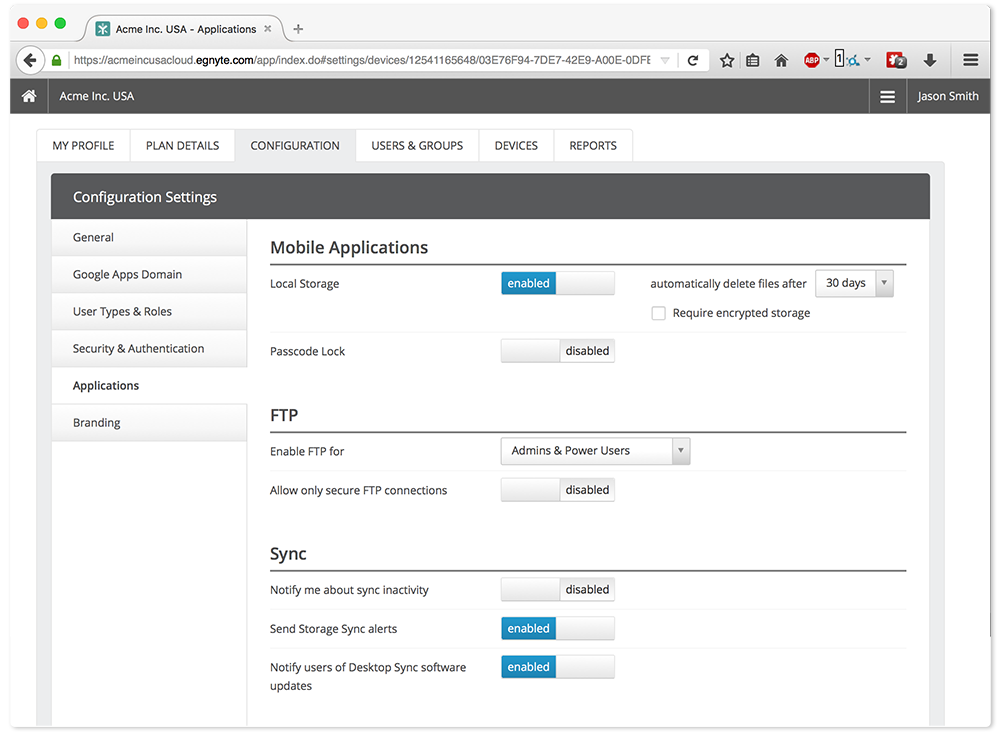
As this happens on the same disk the files stay where they are, only the MFT entries are updated. But the key difference here is that we are moving the data to its new location. Now I know people may say: “but that’s single-threaded”. // Searches one label for the first time someone sent you an email // Returns name, e-mail address (extracted from the "From" field) and message time // function GetAddresses ( ) You can also view it directly in the sheet by navigating to Tools > Script editor. You do not need this in order to use the email extraction script, but for the those interested here is the source code. Its output, the extracted email addresses, are written to a new sheet:Īs you can see above, it not only lists the email addresses, but also the person’s name and the time of first communication. then click Extract email addresses in the HK Scripts menu: In this example I am using the label Spam.

Fill in the label from which you want to extract email addresses. Next, your copy of the spreadsheet opens in Google Sheets. You will be asked if you want to make the copy: Side note: this nifty copy feature is triggered by appending /copy to the document’s URL. To use the script copy the sheet to your Google Drive by clicking this link. The email extraction script is part of a Google Sheet to provide an easy user interface for data input and output. In addition to the sender’s email address it lists the sender’s name and the date of first communication. It processes even large numbers of emails quickly. The script extracts email addresses from all messages in all threads tagged with a given label. However, that turned out to be slow and did not even work reliably. When I needed this functionality recently I quickly stumbled upon a solution on. If there only was a function to extract a list of all email addresses from all the emails tagged with the label friends. If you are throwing a big party you might want to send invitation emails to all of them. Let’s say you tag all personal communications with your friends and family with the label friends. The simple fact that you can tag a message with more than one label makes it far superior to message filing systems based on folders. GMail’s most useful feature is the labelling system. List all Email Addresses from a Label’s Messages

Let’s see how we can put Google Apps Script to use. When that happens, a scripting interface can be a lifesaver. For more details on Storage Sync, click here.As with any other product, when working with GMail / Google Apps you sometimes get to a point where you want something the product simply does not provide. Storage Sync for Hyper-V is already deployed with select customers and will be generally available on July 30, 2014. This is great news for our customers to be able to choose deployment methods that best meets their unique needs. The Egnyte platform is now compatible with Hyper-V, VMWare and all of our native storage integrations, enabling us to support nearly all storage and virtual environments for businesses. It also offers seamless multi-site collaboration from any device, regardless of where the files are physically stored. The addition of Hyper-V simplifies the deployment and maintenance for IT teams to effectively leverage their storage devices to manage, access and collaborate on files.
#EGNYTE DESKTOP SYNC FOR HYPERV FULL#
The powerful combination of Hyper-V with Egnyte Storage Sync is ideal for Windows administrators who want to cloud-enable existing Windows servers or other storage devices, and provide enterprise-class access and sharing to that data.The integration with Hyper-V provides a cost-effective option to quickly harness the full range of file services, including file sync and share, cross-office collaboration, business continuity for the use of existing infrastructure, and data migration to the cloud.


What does this mean for our customers?Storage Sync integrated with Hyper-V Server enables customers to access, edit and share business files from any storage device deployed in a Windows environment.


 0 kommentar(er)
0 kommentar(er)
